Journal Publication | Reproductive Biomedicine Online
An interpretable machine learning model for individualized gonadotropin starting dose selection during ovarian stimulation
July 28th, 2022
Abstract
Research Question: Can we develop an interpretable machine learning model that optimizes starting gonadotropin dose selection in terms of mature oocytes (MIIs), fertilized oocytes (2PNs), and usable blastocysts?
Design: This is a retrospective study of patients undergoing autologous IVF cycles from 2014 - 2020 (n=18,591) in 3 assisted reproductive technology centers in the U.S. For each patient cycle, an individual dose response curve was generated from the 100 most similar patients identified using a K-nearest neighbors model. Patients were labeled as dose-responsive if their dose response curve showed a region that maximized MII oocytes, and flat-responsive otherwise.
Results: Analysis of the dose response curves showed that 30% of cycles were dose-responsive and 64% were flat-responsive. After propensity score matching, patients in the dose-responsive group who received an optimal starting dose of FSH had on average 1.5 more MIIs, 1.2 more 2PNs, and 0.6 more usable blastocysts using 10 IU's less of starting FSH and 195 IU's less of total FSH compared patients given non-optimal doses. In the flat-responsive group, patients who received a low starting dose of FSH had, on average, 0.3 more MIIs, 0.3 more 2PNs, and 0.2 more usable blastocysts using 150 IU's less of starting FSH and 1375 IU's less of total FSH compared to patients with a high starting dose.
Conclusion: This study demonstrates retrospectively that using a machine learning model for selecting starting FSH can achieve optimal laboratory outcomes while reducing the amount of starting and total FSH used.



